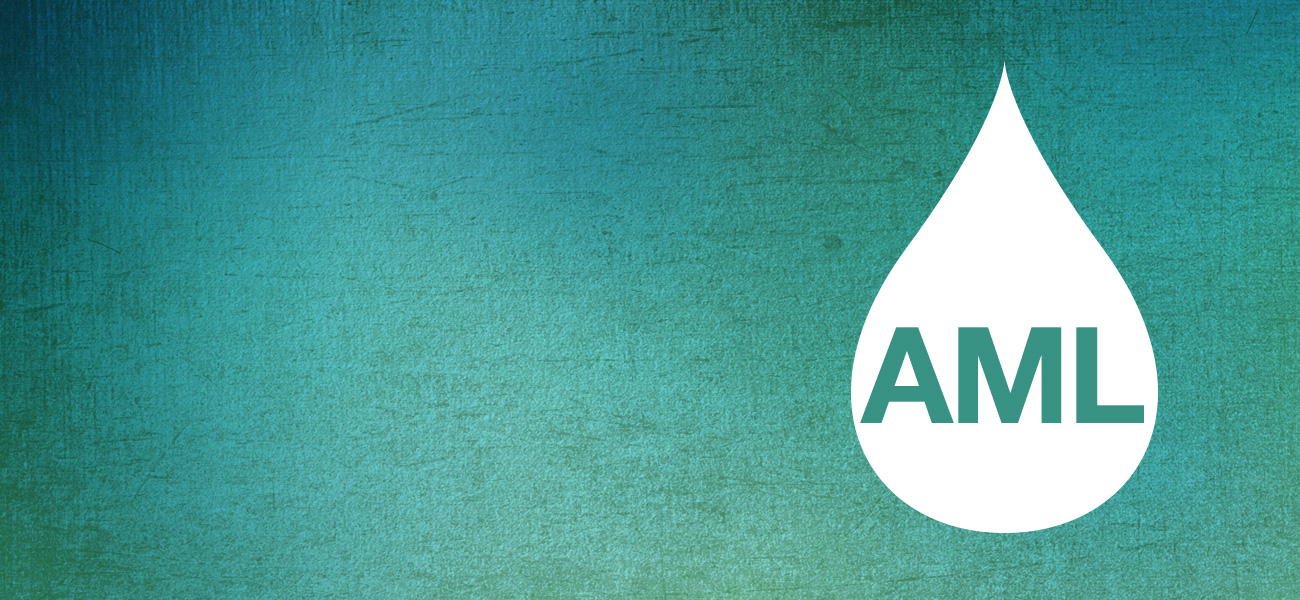Refractory AML: Some patients have residual leukemia cells in their bone marrow even after they receive intensive treatment for AML. In these cases, the disease is referred to as “refractory” (or “refractory AML”). Less than 15 percent of children have refractory AML.
Relapsed AML: Other patients achieve remission but later have a return of leukemia cells in their bone marrow. This is referred to as a “relapse” of the disease (or “relapsed AML”). Approximately 50 percent of children with AML will have disease relapse. At the time of relapse, genetic testing of the leukemia cells is recommended. The mutational pattern at the time of relapse may be different from when the disease was first diagnosed, and this can affect treatment decisions.
In relapsed and refractory cases of AML, the disease is often hard to cure. Treatment is typically more intensive than for newly diagnosed cases and may include stem cell transplantation (for eligible patients). Treatment options for patients with refractory or relapsed AML include the following:
- A clinical trial
- Re-treatment with the same induction regimen that produced the patient’s first remission
- Gemtuzumab ozogamicin (Mylotarg™)
- Revumenib (Revuforj®)
- Allogeneic stem cell transplantation
![]() For information about the drugs listed on this page, visit Drug Listings.
For information about the drugs listed on this page, visit Drug Listings.
Related Links
- Download or order LLS's free booklet:
